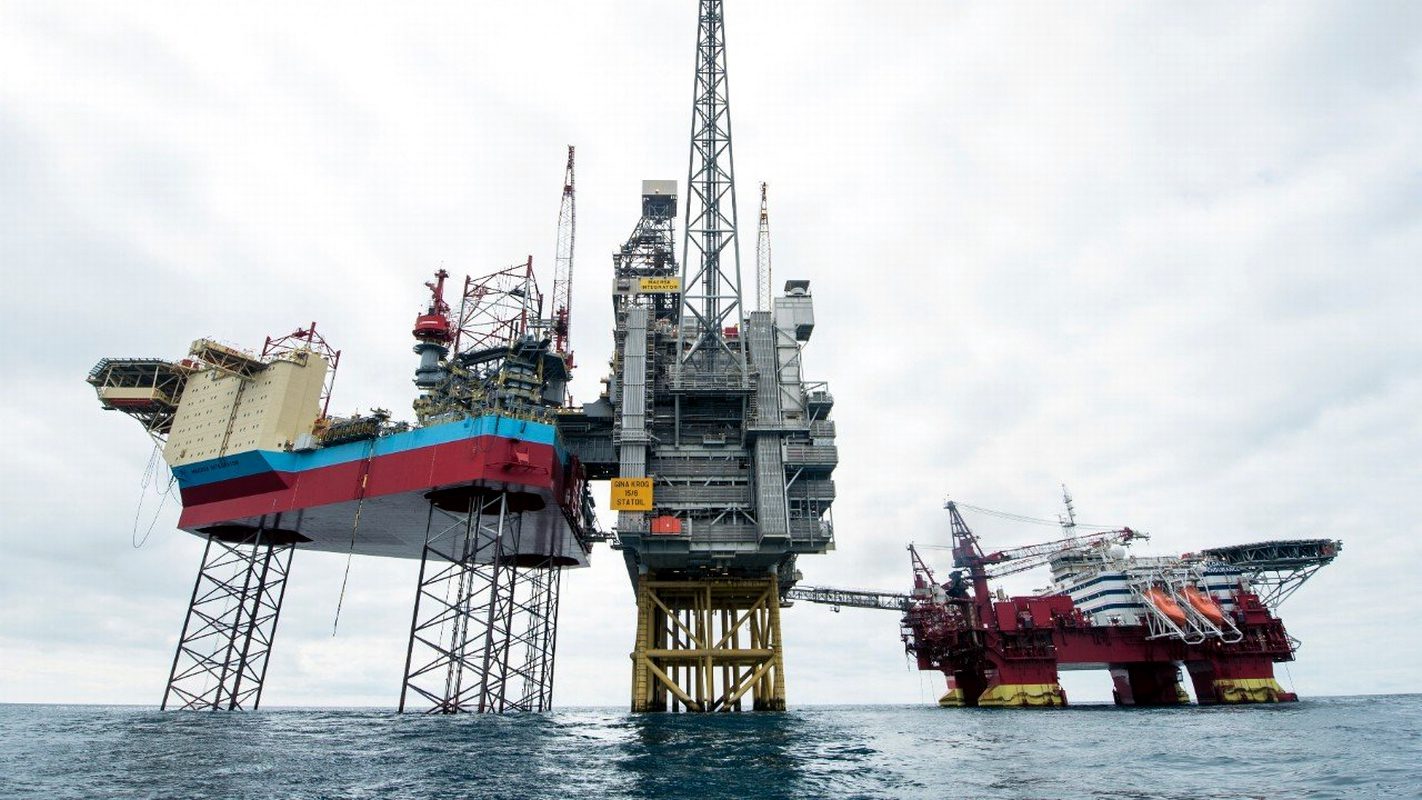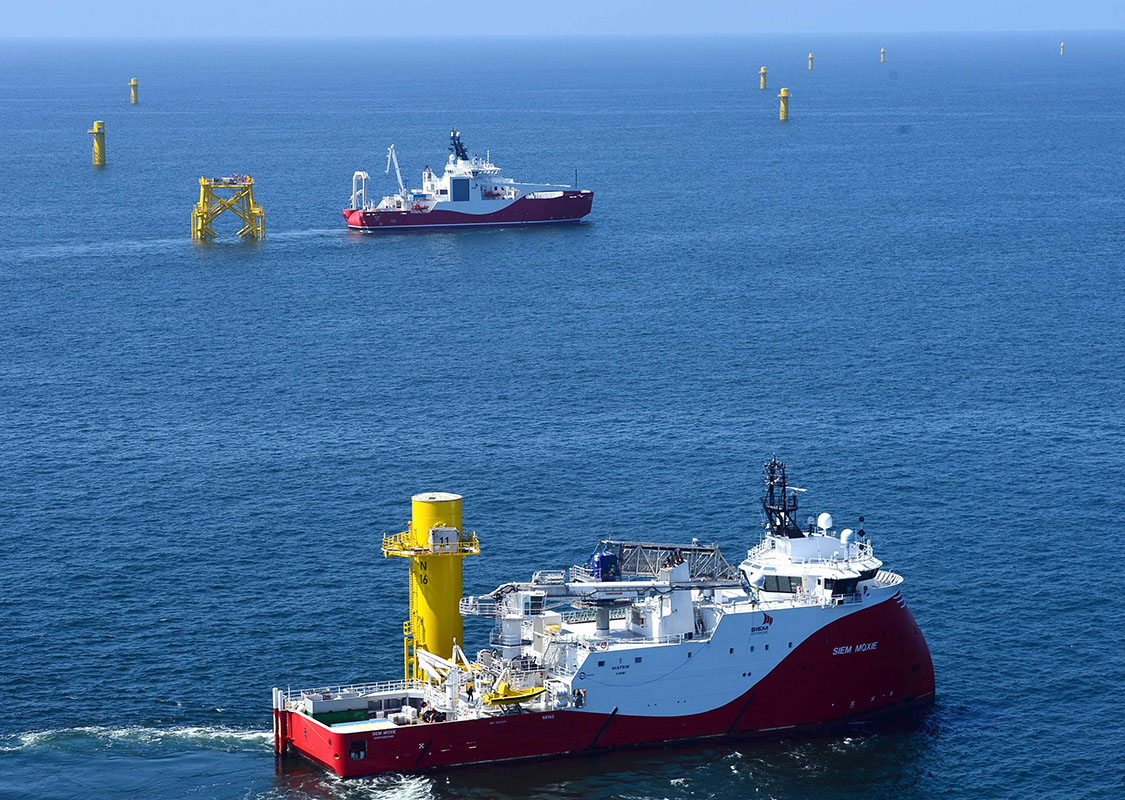Polenergia to build Poland’s first offshore wind farm

Polenergia plans to start construction of the 600MW Baltic Środkowy III (Baltic Middle III) offshore wind farm in the Polish part of the Baltic Sea in 2019, with the operations start planned for 2021 or 2022.
Polenergia SA (“Polenergia”), Poland’s largest private vertically integrated energy group has been the first operator in Poland to obtain from the Regional Directorate of Environmental Protection (RDOŚ) in Gdansk the environmental permit for the construction of an offshore wind farm Baltic Środkowy III.
The planned capacity, for which the first decision was issued by RDOŚ, is 600 MW and it will be one of the largest wind farms in the Baltic Sea. The decision for another 600 MW is expected later this year.
The decision is a green light to start working on the technical design of Poland’s first wind farm in the Baltic Sea. 120 wind turbines with a total capacity of 600 MW will be located 23 km north off the coast.
The capacity of a single turbine will be up to 5 MW, and its height will amount up to 275 m. This means that the design will be up to 44 meters higher than the height of the Palace of Culture and Science in Warsaw (231 m), with a diameter of the blades up to 200 m. These will be the largest wind turbines ever in Poland.
Due to excellent wind conditions in the Baltic Sea, the wind farms will be more efficient (with better load factor) and provide a stable supply of electricity.
“Polenergia as an energy group focuses on diversifying its activities in both areas of conventional energy and renewable energy. One pillar of the company’s development are the greatly promising wind farm projects in the Baltic Sea, which are characterized by high stability and fit into the energy of Poland. The issue of the first environmental decision for offshore wind farms in Poland is a critical milestone in the development of these projects. The total capacity of the planned farm is 1200 MW, which is 3 times higher than the capacity of onshore wind farm projects which have been suspended due to the distance limitations. We expect that this year both of our projects in the Baltic Sea will be issued environmental decisions “- says Jacek Glowacki, who heads Polenergia.
The Roadmap provides for a three-year period to prepare the technical design and to obtain building permission. Commencement of construction is expected in 2019. The first electricity is expected to flow to the Polish coast within 5 years (2021-22). The operational life span is planned for 25 years. Total potential investment of PLN 10bn will greatly benefit the local communities and the Polish economy. The Company estimates that local Polish content, directly or indirectly, will account for up to 60% of that investment, which is about PLN 6 bn. Local content will come from foundations, towers, cables, offshore transformer stations, construction services, as well as the potential production of turbines or supply ships. Such a scale of potential orders addressed to Polish companies, is a big boost for new job creation not only in the Baltic coastal regions but also across the country.
During the development so far from June 2012 to February 2014 Polenergia conducted a comprehensive study of the marine environment of a scale previously not seen in Poland. The study involved the planned wind farm, as well as the area immediately adjacent to it. A series of analyses and expert opinions have been procured regarding the potential impacts to: landscape, fishing, vessel traffic systems, radar and communications, civil aviation and military, cultural heritage, the possibility of using the resources of the seabed and plan for risk prevention and oil pollution. At this stage Polenergia has utilized primarily Polish experts and national research facilities in order to ensure maximization of local content.
rel (Polenergia)



